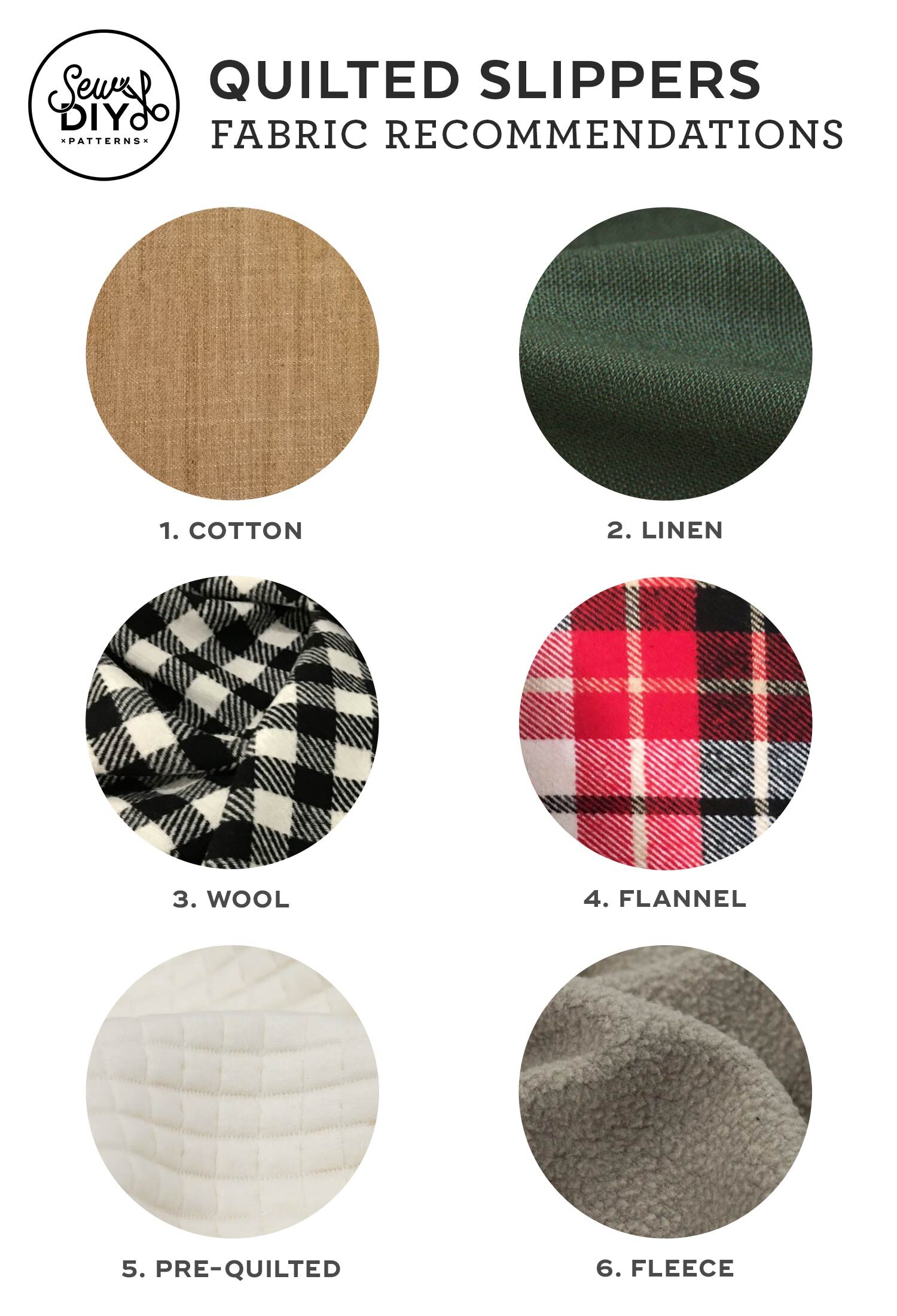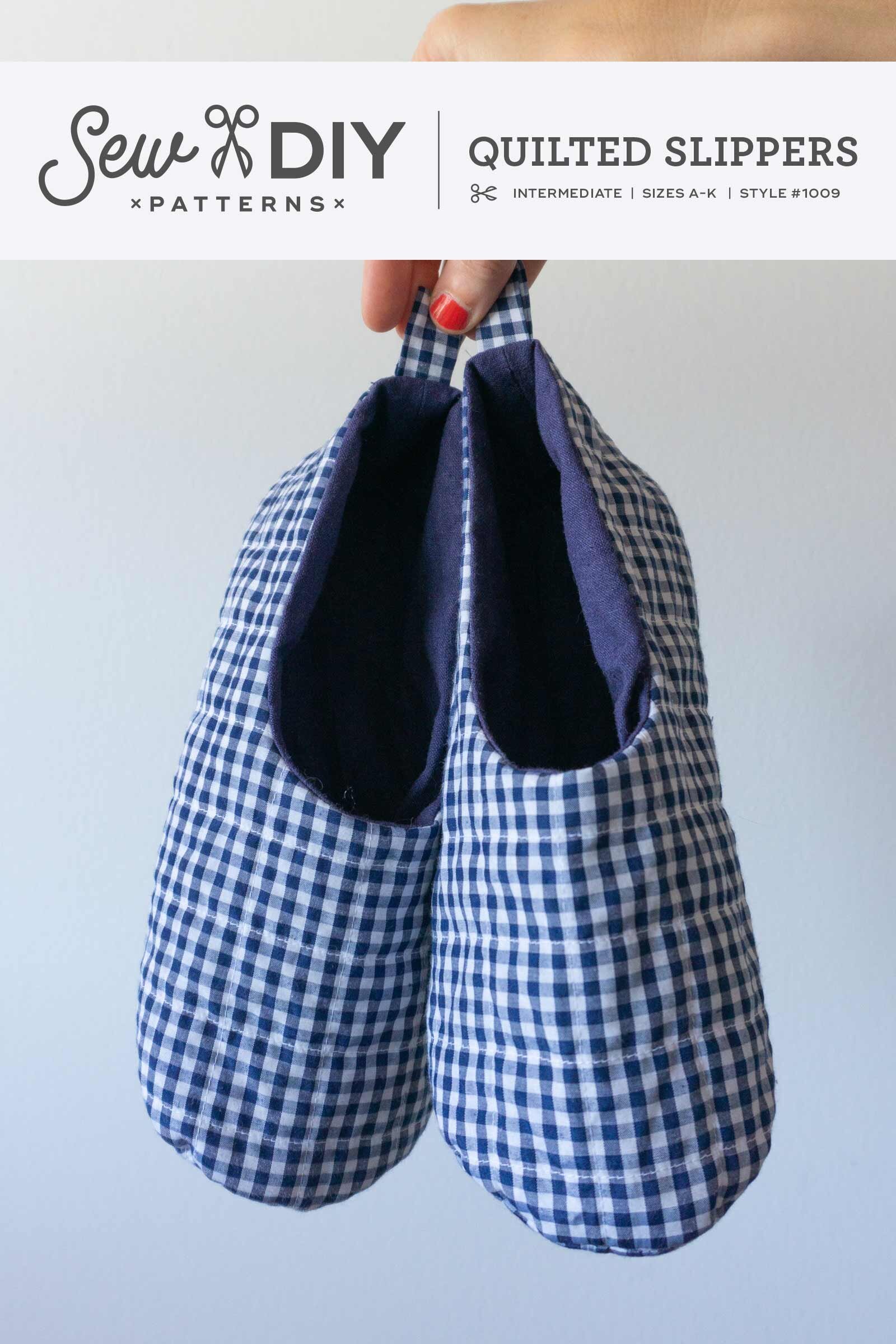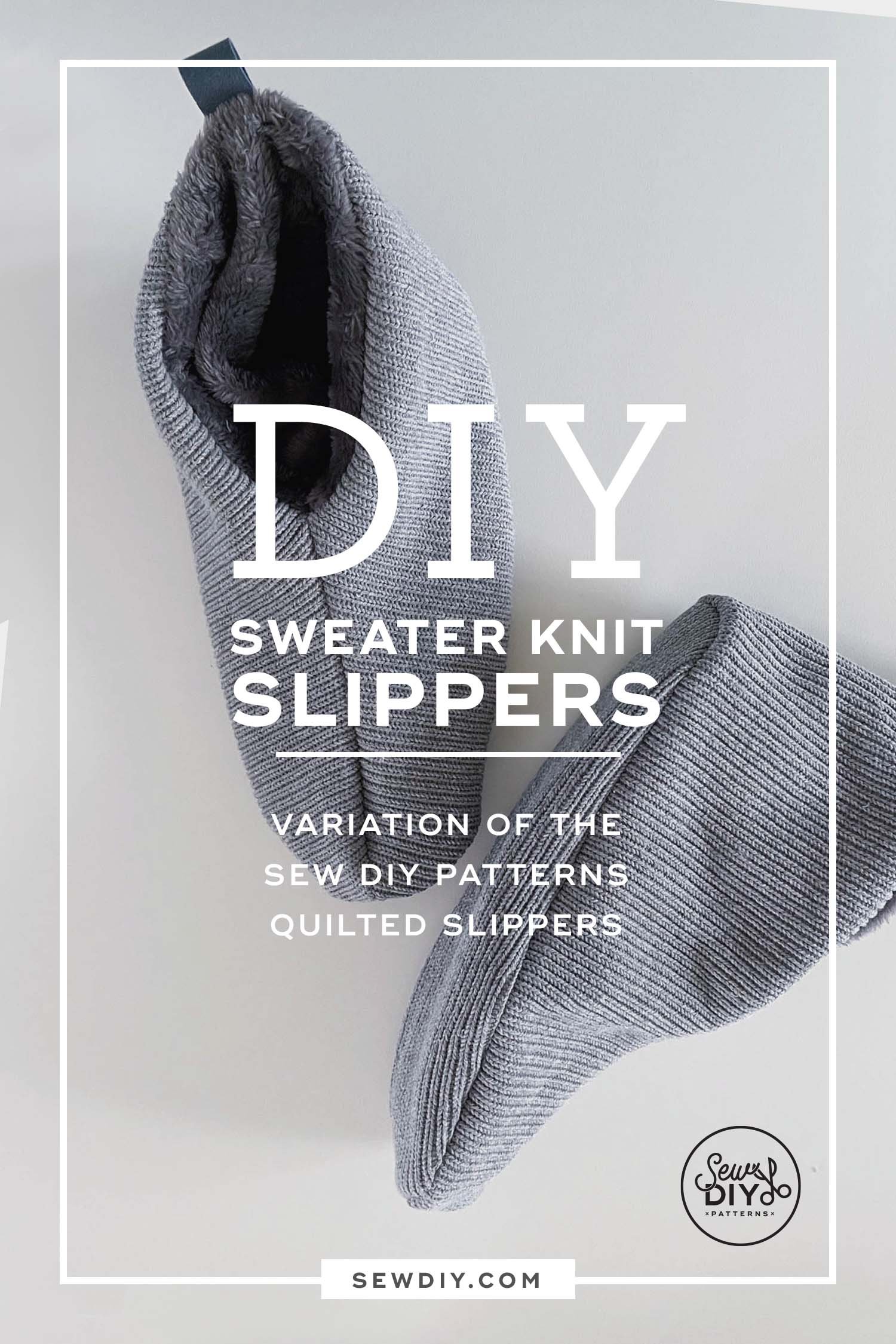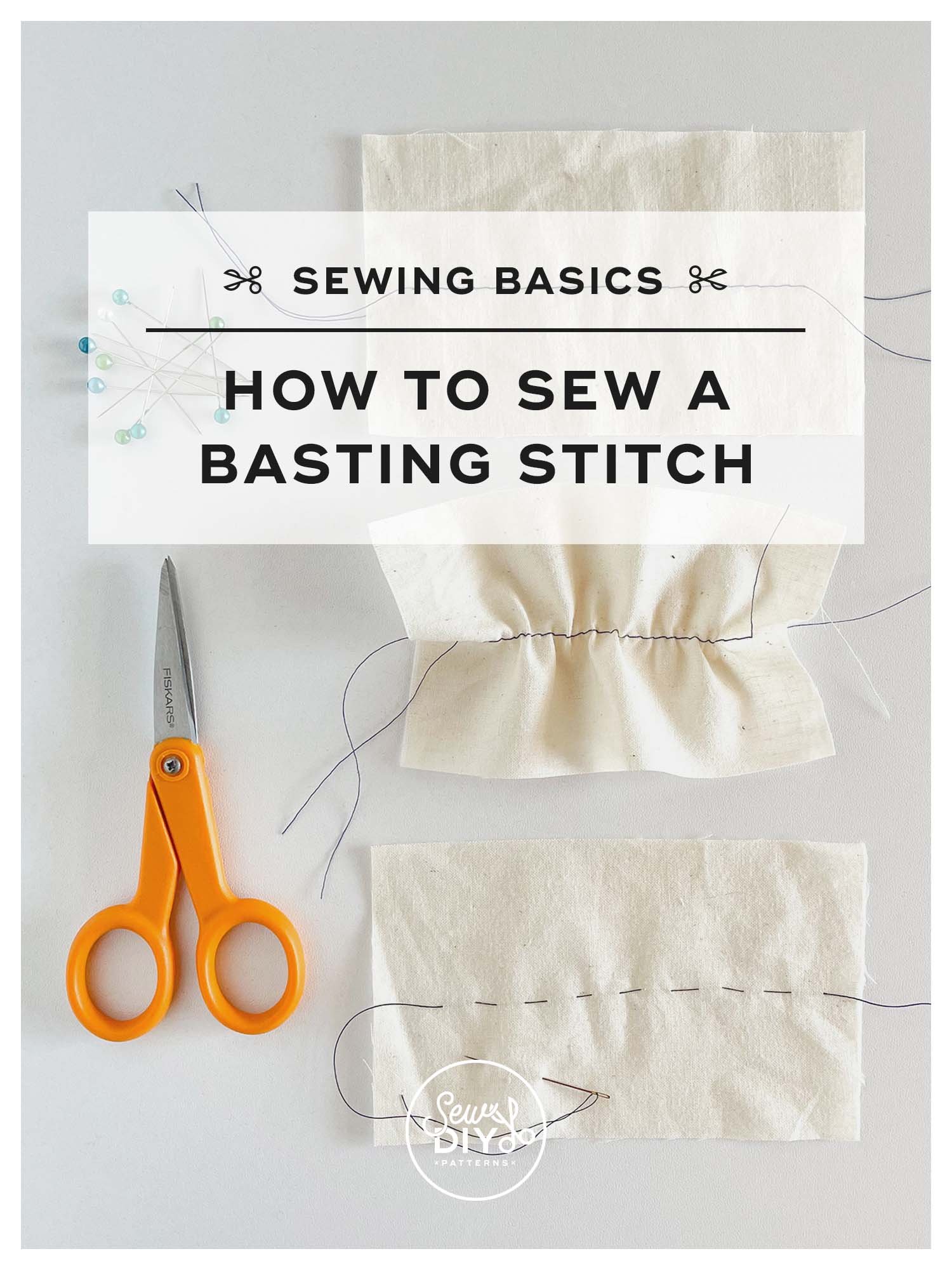Welcome to the first installment of the Quilted Slippers sewalong. Today, we’re going to be sharing recommendations for fabric and supplies. We’ll discuss kinds of fabric that you can use, types of batting and ways you can make the bottoms of your slippers non-slip.
FABRIC RECOMMENDATIONS
For the exterior fabric, we recommend medium-weight cotton, quilting cotton, linen, wool, flannel, or pre-quilted fabric. Leather or suede can also be used for the sole to prevent slipping (more on that below).
I’ve also had success using sweater knit fabric for the exterior fabric. It’s generally not recommended to quilt knit fabric but it worked fine in my tests. If you want to try knit fabric for your slippers, I recommend first testing how well it works to quilt the fabric.
For the lining fabric, we recommend medium-weight cotton, linen, flannel, or fleece.
Fabrics shown above:
2) Linen from Blackbird Fabrics
4) Flannel from Maker Mountain Fabrics
5) Pre-quilted fabric from Mood
BATTING
Note: If you use pre-quilted fabric, you won’t need batting.
Batting is available in a variety of fibers and thickness (called “loft”). A low loft batting will be thin and a high loft batting will be thicker. If you want a thicker slipper, you can use two layers of batting for the entire slipper or even just for the sole to provide a little extra cushioning. Remember, the thicker the batting is, the tighter the slipper will fit.
For fibers, you’ll most often find batting made from polyester or a blend of polyester and cotton. Batting is also commonly made from wool and bamboo. Any type will work for these slippers. You can purchase batting by the yard or in pre-packaged cuts.
A note on sizing and thick fabric: One word of caution on using thicker fabric and extra layers of batting: It will likely make the slippers fit more tightly, especially in the skimmer style (due to its low profile over the toe). If you are planning to use extra batting along with a thick or fluffy lining, you may want to size up.
How to make your slippers non-slip
One important consideration when making (and wearing) slippers is that the bottoms are not slippery. There are a few ways to do this. First, you can use a fabric for the soles that is non-slip such as leather or suede. There is also non-skid fabric that you can buy (think the stuff on the bottom of kids footsie pajamas). I’ve found it on Amazon and on Etsy.
Another option is to apply a substance to the sole of the slippers after they are sewn together. You might try puff paint. Or, there is a product called Sock Stop for just this purpose. I’ve found it on Amazon and on Etsy.
One final tip from one of my testers: “I used a foam insert - basically cut around the sole template without seam allowance and inserted it between the lining and outer. It makes them super comfortable. Carpet underlay is a good thing to use and most shops have offcuts they will give you for free.”
About the Quilted Slippers pattern:
The Sew DIY Quilted Slippers are the perfect way to keep toes warm and use up small cuts of fabric. Plus, it's a great way to introduce yourself to quilting and use up small cuts of fabric. The quilted exterior is constructed by quilting a layer of fabric and batting together. You can also use pre-quilted fabric for a quicker project.
The slippers are sized for foot lengths 8.25-12 inches (21-30.5 cm) which approximately fits US women’s shoe sizes 4-14 and US men’s shoe sizes 6-14.5, so you’ll be able to make these quilted slippers for everyone in your family.
View A is a bootie style slipper that can be worn with the top turned down to reveal the lining or with the top up to keep the ankles warm. View B is an open top skimmer style, perfect for the summer months.
UPDATE 2021: If you’re looking for more quilting projects, or ways to use your fabric scraps, check out my e-course Improvisational Quilting for Garment Sewists is now live and available for purchase in the shop. This is a self paced and comprehensive course that teaches you everything you need to know to learn how to turn your fabric scraps into useful and unique improvisational quilts. You can learn more about it here.























